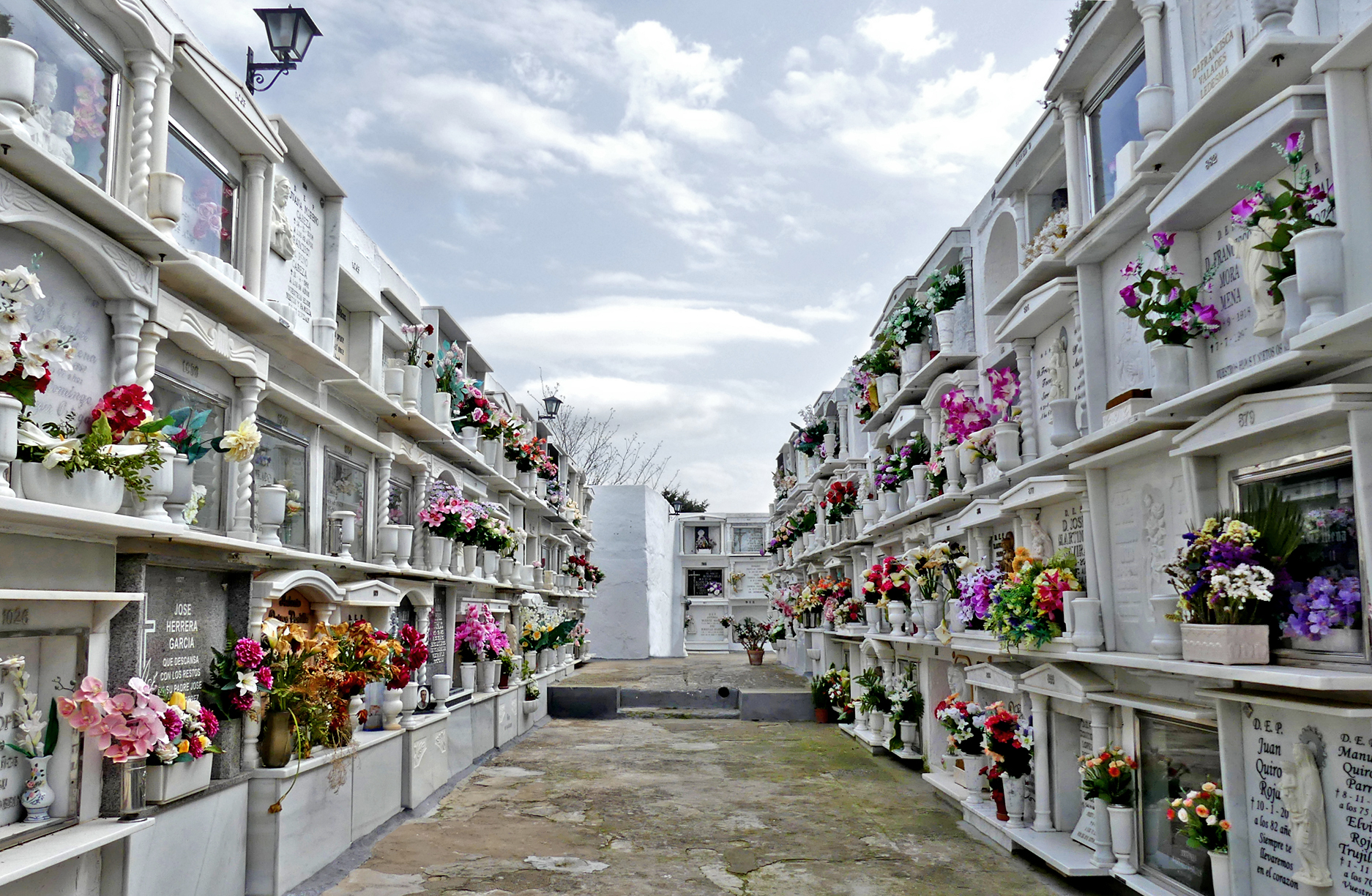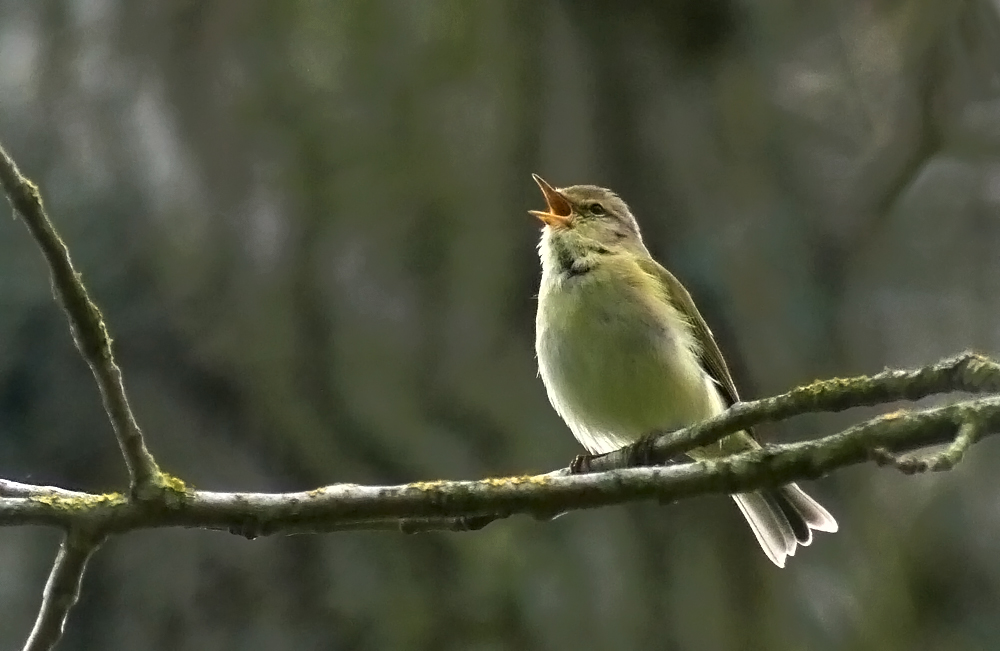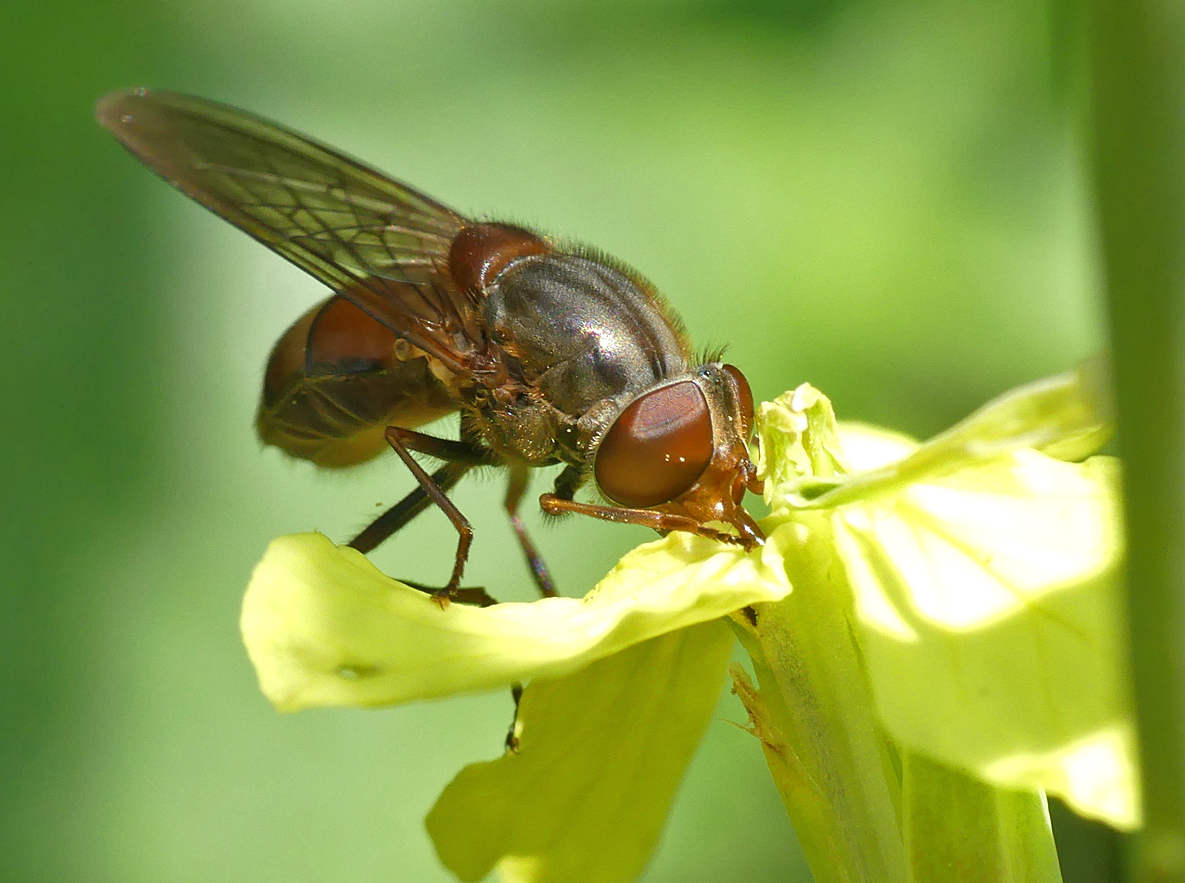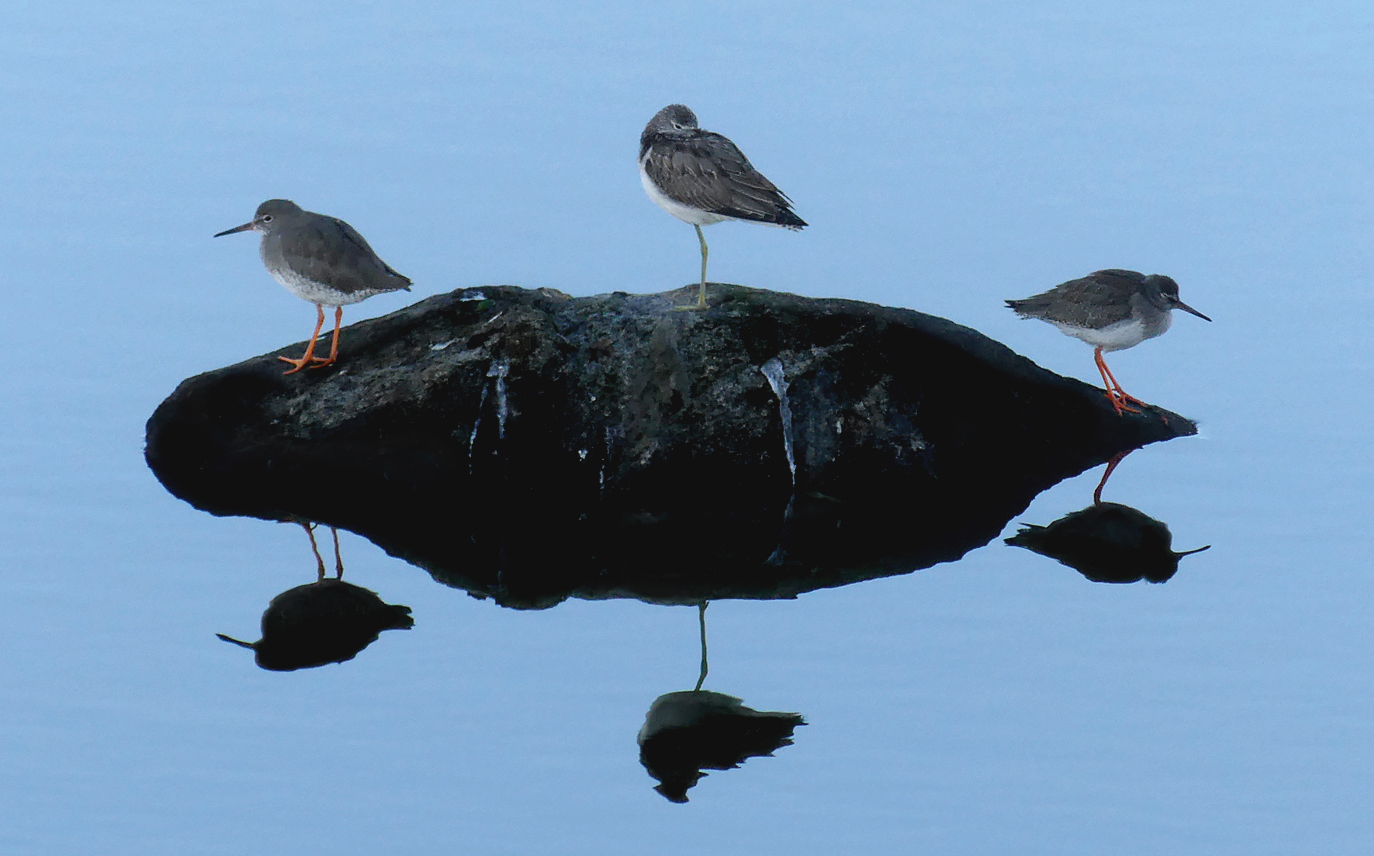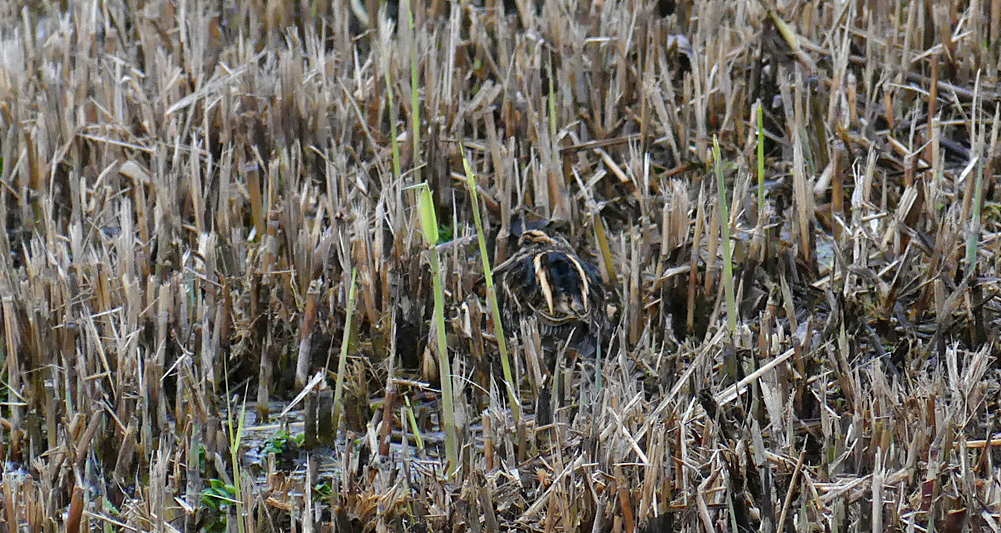Tuesday 1st January 2019
/STATS
This is my review of the facts and figures of 2018. I suppose the headline stat for the year was hitting 400 species on my British (&CI) List, something I have been aiming at for literally years. I managed to see lots of great stuff locally, but I felt it was a disappointing year for finding my own good birds, and I had a couple of bad dips. Five new ticks for the Guernsey list means 11 in just two years which is a massive increase from recent times. Unusually, four out of these were also British ticks. Although I had one self-found tick, it was really a ‘technical’ tick having just found the second of the two Pallid Swifts in November. The trip to Spain was of course a big highlight and the 7 new species there were a rag-tag bunch of residents, rarities and invasives. I was surprised to see at the end of the year that my local year list was my second best ever without even trying too much. The jaunt round SE England boosted my pan-species list and I hope to hit 3000 in the next few years, especially if I can do a bit more in the UK.
If I had to pick out the three top wildlife highlights, they would probably be: A) the morning watching raptors passing us so close as they migrated in off the sea near Tarifa in April; B) finding the scorpions by torchlight in the walls behind the docks on Sheppey; and C) the shock of looking in the first pitfall trap on the beach and seeing it crawling with dozens of Scaly Crickets when I expected none.
8 new birds for the World List - Lesser Flamingo, Black Wheatear, Common Bulbul, Thekla Lark, Common Waxbill, Barbary Partridge, Monk Parakeet, Iberian Chiffchaff - now on 789.
4 new birds for Britain (& CI) - Iberian Chiffchaff, Caspian Gull, Pallid Swift, Penduline Tit - now on 400.
5 new birds for Guernsey - Iberian Chiffchaff, Spotted Crake, Caspian Gull, Pallid Swift, Penduline Tit - now on 263.
1 new 'self-found' bird - Pallid Swift, makes 274.
2 new Hommet to Rousse 'patch' birds - Black-tailed Godwit, Lesser Whitethroat, makes 162.
NO new garden birds (in or from) - still 89.
2018 Guernsey year list total - 156 - second best ever total.
Official local rarities found - 3 - Glaucous Gull, Siberian Chiffchaff, Pallid Swift.
Official local rare species seen - 14 - Glossy Ibis, Whooper Swan, Royal Tern, Hawfinch (x29), Glaucous Gull, Siberian Chiffchaff, Canada Goose, Iberian Chiffchaff, Red Kite, Spotted Crake, Rose-coloured Starling, Caspian Gull, Pallid Swift (x3), Penduline Tit.
End-of-year British Pan-species list - 2667, (new species during year - 167).
End-of-year Guernsey Pan-species list - 2190, (new species during year - 63).
Garden moth list - 643.
New Lepidoptera in Guernsey - 9 - Scarce Merveille du Jour, Red-green Carpet, Splendid Brocade, Yellow-line Quaker, Cochylis nana, Pammene gallicana, Dioryctria sylvestrella, Brown Argus, Pandemis cerasana.
New Lepidoptera in UK - 6 - Aristotelia ericidella, Silver-spotted Skipper, Chalk-hill Blue, Sitochroa verticalis, Beautiful China-mark, Treble-bar.
PHOTOS
I don’t think that 2018 was a vintage year for my photography, but below are my favourite 20 pics of the year. They may not be the best technically or the most pin-sharp pictures I took but they are the ones I liked the best. In the list below they are ordered chronologically.
1) Siberian Chiffchaff, Vazon, January - Leaving work one evening, I looked over the seawall and saw this bird feeding within the vraic on the beach. Even though it was almost dusk I was determined to get photos and spent a memorable 10 minutes lying on the beach whilst this bird fed within a few yards of me. Even though the photo is still quite dark, the evening light and the colour of the background pebbles gives the photo an unusual pinkish wash and complements the grey tones of the bird. The bird itself is in a striking pose, almost fluffed into a ball. It maybe rather bold to claim a Sibe Chiffy without hearing the call, but this photo alone makes the bird so distinctive, I can’t believe it is anything else.
2) Glossy Ibis, Rue des Bergers, February - When I watched the wintering Glossy Ibis drop onto the pond at Rue des Bergers and I ran to the hide, I didn’t expect to open the flap and it to be literally a few yards away. The sun was out and I was alone and I had ten minutes to take as many pics as I could. Quite a few could have been the favourite but this one was my winner. With both wings at almost maximum stretch I had to zoom out to get it all in The sun shining on the glossy green far wing makes it nice and distinct from the shaded near wing. Even though the bird was moving, everything is focused nicely. It’s not often you get a chance to take a great portrait of a rare bird.
3) Little Egret, Vale Pond, February - The rare occurrence of thick snow on the island encouraged me to take my camera out for a walk to get some wintery shots. As I approached L’Islet, the light snow turned into a full-blown blizzard and I sheltered in Vale Pond Hide. I was surprised to see the birds were still trying to feed and I tried to take a few snaps. However the camera wouldn’t focus due to the heavy flakes - apart from this one shot. I like the mixture of in-focus and out-of-focus snowflakes which frame the egret and I removed any slight colour. Literally a snowy egret.
4) Short-toed Eagle, Punta Carnero, Spain, April - As mentioned earlier, the real highlight of the birding year was the raptor migration across the Med that me and Ian observed one morning. Although the birds often passed really close, they suddenly appeared in front of us and it was tricky to be ‘on it’ at speed, and the birds soon saw you they often wheeled away. A few of these massive eagles were so close, it was difficult to get them in the frame and we had to zoom out. Also, since the birds were coming from the south, we were often shooting into the sun. Due to all of these factors I ended up with less high quality pics than I expected at the time. This one I chose as my best with all of the bird pretty sharp, very little shadow and showing a nicely fanned tail. What a specimen!
5) Slender-billed Gull, Bonanza Saltpans, Spain, April - Is there a more photogenic gull than a Slender-billed? Probably very few species are, so when you are able to drive up to flock of them and take photos through the car window it is literally an open goal. The flock was on the driver’s side and I managed lots of fine pics despite having to reach across Ian and shoot through the narrow gap of the opposite window. I got some great standard portraits of the birds but this head-on photo I liked the best. The bird is in an unusual, but interesting, position looking downwards into the water, but this means you can see both blood red eyes as well as the bill. The salt-beaten stick in the water breaks up the photo and adds interest. The light is bright and harsh, making the day feel hotter than it actually was, and it makes the pink of the body plumage glow, both on the bird and its reflection. It almost looks like the bird is admiring its own beauty.
6) Little Swifts, Chipiona, Spain, April - Watching one of the few breeding sites in Europe of Little Swift in the incongruous surroundings of the scruffy dock buildings at the harbour was superb fun. They were so hard to get pictures of though as they raced past us at massive speeds, it was often a case of pointing and firing in the general direction. How I managed to get two of these pocket rockets in the frame at once and both (more or less) focussed is a real mystery. The picture has the look of a world war two dog fight about it, with the second bird homing in on the first, whilst the first bird is looking back ready to take avoidance manoeuvres. A fabulous action shot.
7) Casares Cemetery, Spain, April - We’d walked up to the very top of the town of Casares on our fruitless search for Rock Sparrow and we were exploring the old castle and other buildings up there. We passed through an archway and into the cemetery, and I was immediately blown away - I had never seen anything like it before. The cemetery was an amazingly beautiful place. The pure white marble tombs stacked on top of each other, row after row, and - perhaps because it was Easter - nearly every one had fresh flowers. The bright colours of the flowers against the white tombs was pretty magical. It was a shame that I didn’t have much chance to take more pictures - there were plenty of people in the cemetery and I was a bit self-conscious that they may be visiting dead relatives.
8) Sardinian Warbler, Casares, Spain, April - A straightforward portrait of an underrated species in typical habitat. When visiting southern Europe, Sardinian Warblers are trash birds as they are everywhere and many people give them barely a second glance, but they are one of my favourites. The yellow flowers of this gorse or broom species nicely frame the bird, whose grey, black and white plumage stands out against the mottled greens and browns of a Spanish hillside behind. It looks like I was at eye level with the bird but I was actually looking at it below me. I find this simple image just pleasing on the eye.
9) Barbary Macaque, Gibraltar, April - I have not been fortunate enough to have been anywhere that I could see monkeys (primates) in the wild, so when we disembarked the cable car at the top of the Rock I was immediately fascinated. I don’t generally like to anthropomorphise animals but these creatures were so human-like it was mesmerising and quite affecting. I’ve never got this before when seeing primates in zoos, perhaps the bars of the cage filter this out. This contemplative chap sat quietly on the fort, staring into space looking like he’s trying to work out the world. Really liked the light on this pic, very bright but very clear definition on the fur. But it’s the expression on his face that does it. What a handsome fella.
10) Dwarf Pansy, Pleinmont, April - Taking super close-up photos of flowers in the ‘wild’ is quite tricky. Getting the whole flower in focus at once is hard and if not, taking multiple pictures to stack them later is still difficult since it takes ages to set up and the breeze moves them around so easily. It only really works if the flower is so small that the depth of focus isn’t a problem and this tiny Dwarf Pansy fits the bill. Every bit of the flower is sharp and every bit of the background is soft. This is a particularly blue and yellow individual and you can even see the texture on the petals surface. Also, a very rare species in a British context - the increased rareness of the subject matter always makes the photo look better somehow.
11) Iberian Chiffchaff, Saumarez Park, April - As mentioned above, the quality of this photo is immediately increased due to the rarity value of the bird, a first for Guernsey. This ‘photo’ is actually a still from a video of the bird which I took mainly to record the song, and if you look closely you can sort of tell. Despite the lack of clarity in some areas, I like the action of the bird giving gusto in its song. The backlit bird stands out nicely against the dull grey background with the sun shining through the throat, breast and tail feathers. You can’t see many useful ID features for Ibe Chiffy here, but the bird is definitely showing how it was ID’d - its song.
12) Rhingia campestris, Les Nicolles, June - Nothing complicated about this picture of a hoverfly piling into a flower head to get some much-needed nectar after all that hovering. I tend to take a lot of insect-on-flower shots during the summer but this one stood out to me. Makes a big difference to a photo sometimes when the main subject is a totally different colour than the rest of the pic. Here the reds and greys of the insect contrast nicely with the greens and yellows of the surroundings. The head and back of the fly being exceptionally sharp with the focus diminishing towards its rear end exaggerates the movement into the flower, making it look more of an action shot than it is.
13) Bee Wolf, L’Ancresse, July - Of course the correct way to supervise a school windsurfing activity is to lay down on the coastal path in the middle of a Bee Wolf colony. The warm weather in the summer meant the Bee Wolfs (wolves?) were very common and active this year. Getting one emerging from its hole is a bit tricky though, so I was lucky to be in the right spot at the right time. Nothing too complicated here - just a great picture of one of my favourite species.
14) Shotesham fields, Norfolk, August - One thing lacking in Guernsey is wide open spaces, so when I’m off-island I am drawn to large vistas. The arable fields of southern England may not be very photogenic but I really liked this picture. It was just taken with my phone on an evening dog-walk with Andy. The bright sunny-yellow of the stubble is separated from the dramatic sky by a thin dark line of trees. There is a lot going on in the sky as the edge of quite a violent front was just missing the village. The near corner of the stubble is slightly off-centre at the front and the pattern of lines in the field lead your eyes to the back corners. The weeds at the bottom left mirror the dark skies on the top right. I really like the composition and there more going on than it seems at first.
15) Water-striders and damselfly, Norfolk, August - I was leaning over the fishpond outside our holiday cottage photographing damselflies when I came across this gruesome scene. Nice to get a pic showing some kind of story rather than just a portrait. It looks like the damselfly hasn’t been there very long. I wonder did it just die and fall in, or did the water bugs predate it? The detail in the photo meant that I was able to ID the water-striders to species - Aquarius paludum. This photo is like a miniature, English countryside equivalent of a pride of lions round an antelope kill on the Serengeti.
16) Human child, Norfolk, August - I wouldn’t usually include photos of my children (now they are older, I rarely take anything other than snaps on my phone which are not so interesting) but we visited an aquarium where they had holes where you could stick your head in amongst the fishes, and my daughter seemed to like it (just a bit!).
17) White Bryony, Norfolk, August - It may be a common species, but we do not get White Bryony growing in Guernsey and so I haven’t seen it very often. I just like the pleasing composition of the photo and the detail in the flower of this subtle species. It shows most of the different parts of the plant, even the curly tendrils snaking around in the background.
18) Common Lizard, Surrey, August - Again, a nice simple portrait of a species. One of the main reasons to visit Surrey was to search for Sand Lizard but the weather was not at all helpful. On my return visit I saw this large lizard on a log and I thought it stood a chance so I quickly took photos. Pretty soon I realised it was just the common species but it was definitely the largest Common Lizard I have ever seen. After a few more distant shots, I managed to get the macro lens out and creep closer and surprisingly closer - I was amazed it didn’t move as I waved my camera at arms length towards it. So in the end got a shot well-focused head shot, with all the scales nicely defined. The macro lens meant the green background was blurred out and simple, and the smooth log meant that all the detail is on the reptile.
19) Wheatear, Pleinmont, September - You simply can’t take enough photos of Wheatears and I have an annual selection from spring and autumn going back years. This individual is pretty striking with its deep buff-orange on both under and upperparts, and its jet black lores - I wouldn’t be surprised if it was a Greenlander. Got this photo by simply stalking it along a field edge until I got really close. Some great lichen colouration on the stone too and the early morning sunlight gives the pic a nice warm feeling about it.
20) Greenshank and Redshanks, Pulias, September - One of those times you get lucky and just happen upon a chance scene. Greenshanks are rare visitors to my patch but one had been seen for a few days on the pond and didn’t immediately fly off like they always do. I’d already walked past once and took a few snaps of the sleeping shank, but on my way back to the car I peeked over the bank to see this beautiful composition in front of me. The Greenshank had been joined by two Redshanks who had taken up perfect positions either side. It was so still that the pond had hardly any ripples and the reflection was nice and clean. I was worried that I wouldn’t be able to get this one-off image on ‘film’ as I frantically got my camera out. The symmetry here is both horizontal and vertical and I couldn’t ask for any more. I named this picture “King o’ the shanks” perhaps my favourite pic of all.







